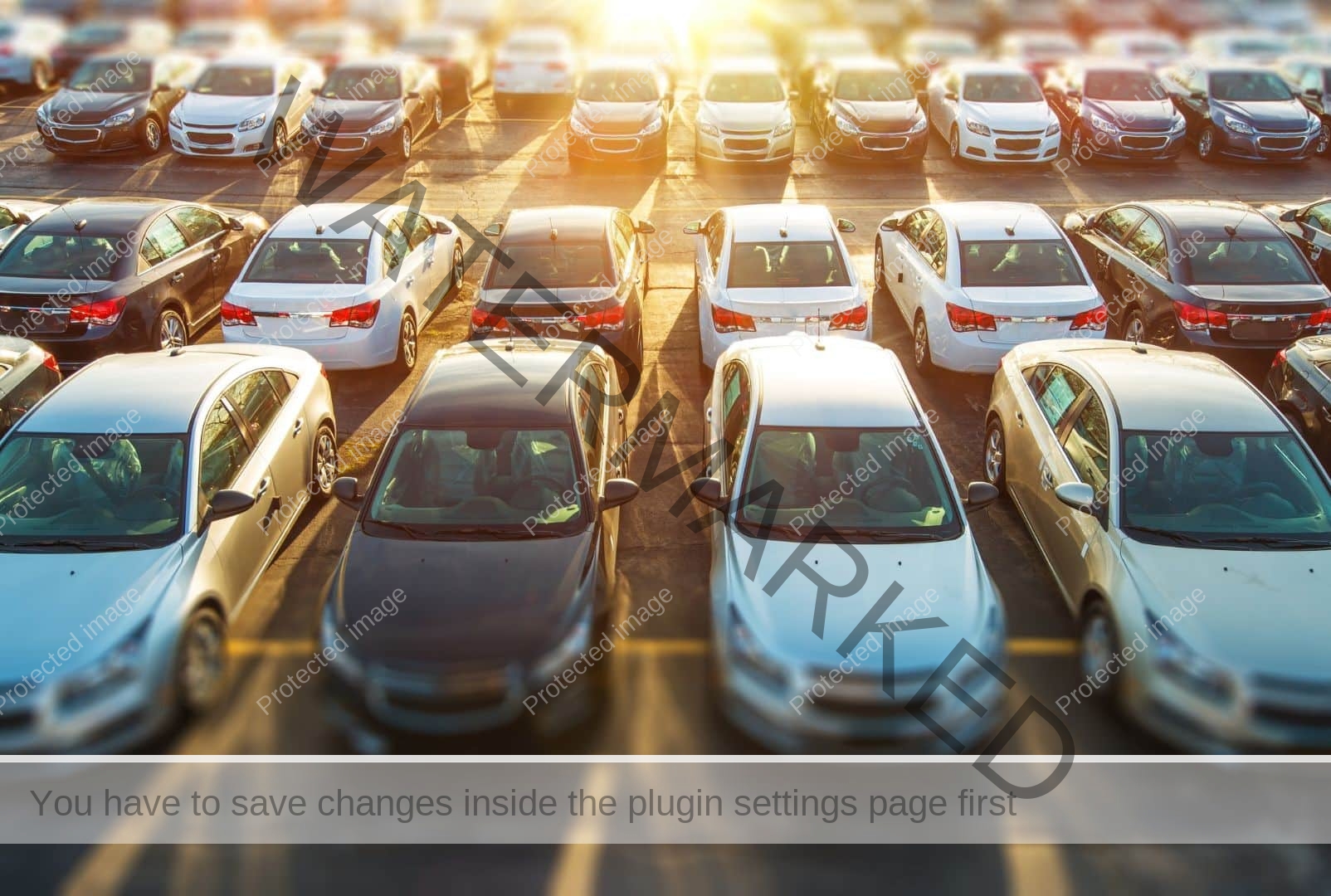When it comes to storing a vehicle, many people wonder whether it’s better to keep it indoors or outdoors. Which option provides the most protection? Which is more convenient and cost-effective? If you’ve ever asked yourself these questions, you’re not alone. Let’s break down the options and see what’s best for your specific needs.
Table of contents
- Introduction
- Understanding Vehicle Storage Needs
- Indoor Vehicle Storage
- Outdoor Vehicle Storage
- Comparing Costs of Indoor and Outdoor Storage
- Factors to Consider When Choosing Storage
- Security and Protection: What to Look For
- Climate and Weather Impacts on Vehicle Storage
- Long-term vs. Short-term Storage: Best Options
- Conclusion and Best Recommendations
- Frequently Asked Questions (FAQs)
Introduction
Whether it’s a beloved classic car, an RV for road trips, or a daily-use sedan, keeping a vehicle in good shape often comes down to proper storage. You may need storage for various reasons: a vacation, moving to a new city, or even just to protect your vehicle during extreme weather. In this guide, we’ll walk through the pros, cons, and best uses for both indoor and outdoor vehicle storage options to help you make the best choice for your vehicle’s needs.
Understanding Vehicle Storage Needs
Before choosing between indoor and outdoor storage, consider what’s most important for your vehicle. Protection from the elements, security, cost, and accessibility are all essential factors. Whether you have a new car, an RV, or a motorcycle, understanding these needs will help you choose the most suitable storage solution.
Indoor Vehicle Storage
Indoor storage provides your vehicle with a sheltered space, often in a garage or dedicated storage facility. This can be ideal for those who want extra protection from weather, vandalism, or any other environmental factors.
Benefits of Indoor Storage
- Weather Protection: Indoor storage provides a shield against rain, snow, hail, sun, and wind.
- Temperature Control: Some indoor facilities offer climate control, protecting your car from temperature extremes.
- Enhanced Security: With indoor storage, your vehicle is typically protected by locked doors, cameras, and sometimes even security personnel.
- Ideal for Long-term Storage: If you’re planning to store a vehicle for months or years, indoor storage can prevent degradation.
Downsides of Indoor Storage
- Higher Costs: Indoor storage can be expensive, especially with climate control or in urban areas.
- Limited Space for Larger Vehicles: Large RVs or trailers may not fit in standard indoor spaces.
- Limited Accessibility: Indoor storage facilities may have limited hours or require advance notice to access your vehicle.
Outdoor Vehicle Storage
Outdoor storage is typically a designated space in a parking lot or an open area where vehicles are stored. While less protected than indoor options, it can be a more accessible and affordable choice for short-term or low-maintenance storage needs.
Benefits of Outdoor Storage
- Affordability: Outdoor storage is generally more budget-friendly.
- Easy Access: Most outdoor facilities allow 24/7 access, which can be ideal for RVs and trailers.
- Space for Large Vehicles: Outdoor spaces can accommodate everything from RVs to boats and trailers.
Downsides of Outdoor Storage
- Exposure to Weather: Without shelter, your vehicle faces rain, sun, snow, and wind exposure, which may lead to rust, faded paint, and other issues.
- Potential Security Risks: Outdoor storage has higher risks of vandalism and theft, especially in less-secure locations.
- Maintenance Requirements: You’ll need to check on your vehicle more often to ensure it’s in good shape, as exposure can increase wear and tear.
Comparing Costs of Indoor and Outdoor Storage
When budgeting for vehicle storage, indoor options are often more expensive due to the added protection and climate control. For a general comparison:
- Indoor Storage: Monthly fees can range from $100 to $500 or more, depending on location and amenities.
- Outdoor Storage: This option is usually between $50 and $150 per month, with variations based on location and demand.
Factors to Consider When Choosing Storage
When deciding, consider these crucial factors:
- Length of Storage: For short-term needs, outdoor storage might suffice, but for long-term, indoor protection is often preferable.
- Location and Accessibility: If you need frequent access to your vehicle, an outdoor lot might be easier, but indoor facilities offer enhanced security.
- Climate Needs: Vehicles in areas with harsh climates (e.g., intense sun, heavy snow) benefit significantly from indoor storage.
Security and Protection: What to Look For
Security measures vary widely across storage options. Indoor facilities often have better security, including:
- Security Cameras: Constant monitoring deters theft.
- Access Control: Some indoor facilities require a passcode or keycard for entry.
- On-Site Staff: Staff presence can add another layer of security.
Outdoor facilities may have basic security, but it’s less likely to be as comprehensive.
Climate and Weather Impacts on Vehicle Storage
Weather has a significant impact on stored vehicles:
- Sun Exposure: UV rays can damage paint, interiors, and tires.
- Rain and Humidity: Moisture can lead to rust, especially on classic cars.
- Cold Temperatures: Freezing temperatures can affect battery life and tire pressure.
If you live in a harsh climate, indoor storage can protect your vehicle from these natural elements.
Long-term vs. Short-term Storage: Best Options
For those storing vehicles for extended periods, indoor storage with climate control is ideal. Short-term storage, on the other hand, might not require as much protection, making outdoor storage a viable and cost-effective solution.
Seasonal Storage Considerations
If you only need storage seasonally (like storing a boat over winter), consider the following:
- Winter Storage: Indoor storage protects from snow and ice.
- Summer Storage: Indoor storage with climate control can prevent sun damage.
Conclusion and Best Recommendations
Choosing between indoor and outdoor storage ultimately depends on your needs, budget, and location. If you need maximum protection and are storing a valuable vehicle, indoor storage is the way to go. For short-term or budget-friendly options, outdoor storage provides ample space and accessibility. Both options have their advantages, so think about what matters most to you.
Frequently Asked Questions (FAQs)
1. What is the best type of storage for classic cars?
Indoor, climate-controlled storage is recommended for classic cars to prevent rust, fading, and other damage.
2. Can RVs be stored indoors?
Yes, many indoor storage facilities offer space for RVs, but check for size restrictions and costs, as they can be higher.
3. How much does outdoor vehicle storage cost?
Outdoor storage is typically cheaper, ranging from $50 to $150 per month, depending on location.
4. Is vehicle storage safe from theft and vandalism?
Indoor storage generally offers better security than outdoor options. Look for facilities with cameras, access control, and on-site staff.
5. Does outdoor storage affect my car’s paint job?
Yes, exposure to sun, rain, and snow can lead to paint damage over time. Consider using a car cover for added protection in outdoor storage.




12 thoughts on “Indoor vs. Outdoor Vehicle Storage: Pros, Cons, and Best Uses”
Your article helped me a lot, is there any more related content? Thanks!
https://www.prolink-directory.com/Rent-a-car-in-Protugal_342336.html
https://myapple.pl/users/522156-morris-martin
I can recommend to visit to you a site on which there are many articles on a theme interesting you.
https://roomstyler.com/users/ticketseiffeltowerfr
виртуальный номер нигерии https://continent-telecom.com/nigeria
algeria virtual number https://virtual-local-numbers.com/countries/87-algeria.html
аренда яхты корсика https://european-yachts.com/rent-yacht-france
crewed catamaran charters caribbean
https://kauainownews.com/community-calendar/event/m2r3e5i2s7f7l/posted/
boote chartern https://eurosegeln.com
Thank you, your article surprised me, there is such an excellent point of view. Thank you for sharing, I learned a lot.